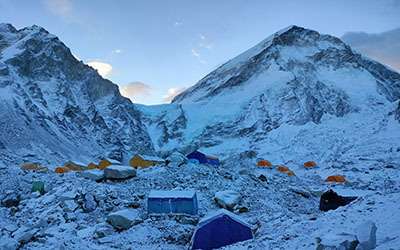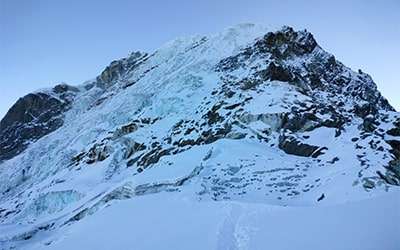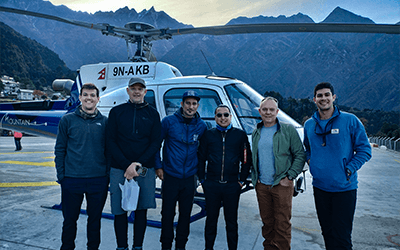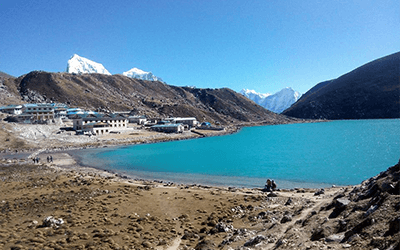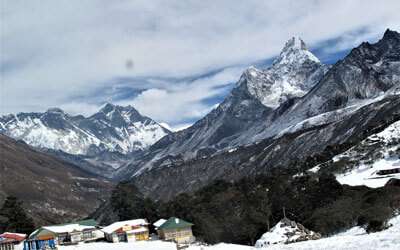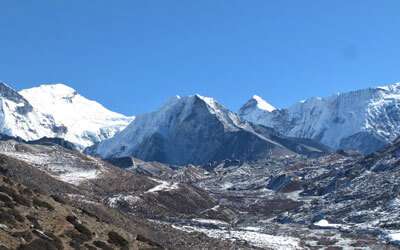Mount Everest (locally called Sagarmatha) fascinates the world by being the top of the world. This Short Everest Base Camp Trek unfolds all the spectacular, stunning Himalayan peaks in the shortest time period. This trek is intended for those who have a very limited time schedule yet fancy to get to the base co the world’s highest mountain at their time requirements. This 14 Days Everest Base Camp Trek takes you to the most stunning valley of Everest and lays you into the trail that was taken by Edmund Hillary and Tenzing Norgay Sherpa to craft the first human breakthrough conquering the world’s highest peak.
To start our Short Everest Base Camp Trek we take 20 minutes thrilling flight to the mountain airport of Lukla (2840meters) with spectacular views of the mountains which is remarkable. Soon we ascend through the Dudh Koshi valley to the Sherpa settlement of Namche Bazaar (3440meters), the unofficial capital of the Sherpa’s. A pleasant walk through the lovely forest and traditional Sherpa villages to the world-renowned and sacred monastery of Thyangboche (3867meteres) is rewarded with the views of Everest soaring behind Nuptse, Lhotse, Ama-Dablam, Kangtega, and Tawache. The culturally rich Sherpa village of Khumjung exhibits the Sherpa lifestyle and so-called Yeti scalp in a monastery on the way back to Lukla.

